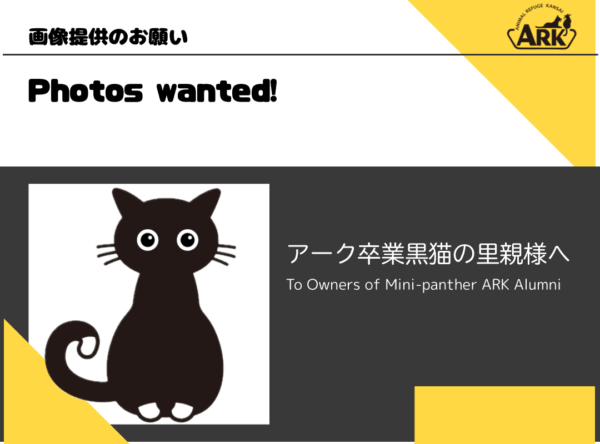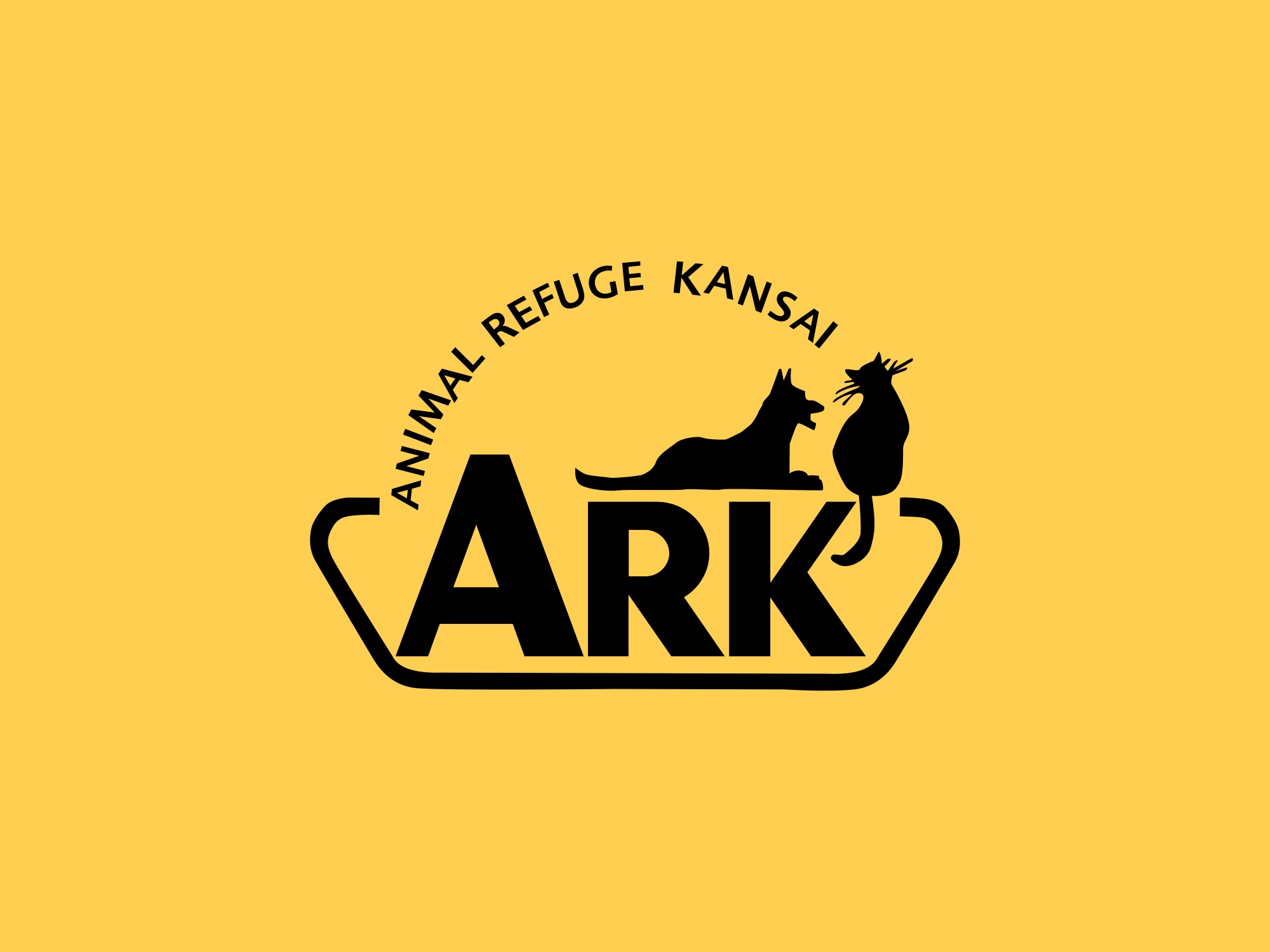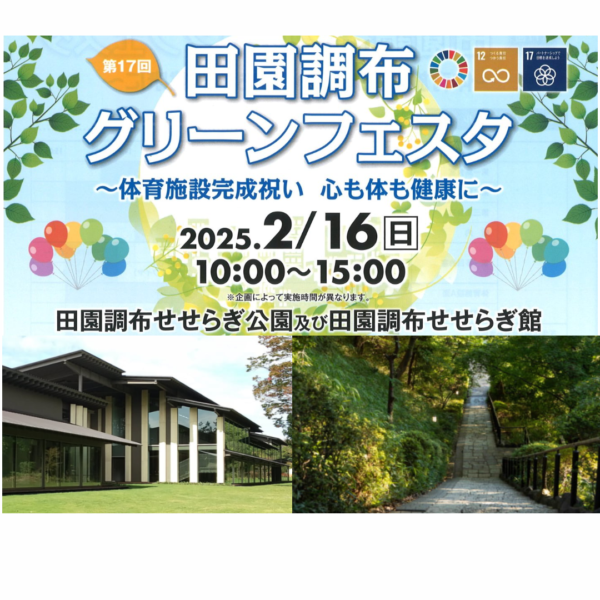ENGLISH TRANSLATION AVAILABLE! AERA Article about Local Authorities' Governance of Animal Protection
AERA Article about Local Authorities’ Governance of Animal Protection
An article entitled “Where are the government authorities that are friendly towards dogs?” will be included in the June 14th issue of AERA magazine. The article will be in Japanese, but we will post a translation of it on this page at a later date.

Please read a translation of the article below. The translation is being posted with the permission of AERA. We do not take responsibility for any errors in translation because translations for ARK are performed on a voluntary basis.
Where Are the Government Authorities That Are Friendly Towards Animals?
More than eighty thousand abandoned dogs are destroyed in Japan every year. Those dogs spend their last minutes at various government authorities across Japan. How do they handle those dogs?
Shimonoseki Animal Welfare Center is located on a hill in the mountains approximately 40 minutes from JR Shimonoseki station (Yamaguchi prefecture). The bright appearance of the center bears a resemblance to a well maintained park.
There is a big dog run on the sunny south side where dogs can run freely. On the day of the interview, there were 10 puppies running around, and three adult dogs were enjoying the sun.
These dogs were all abandoned and came to the center. They are now just waiting for foster families. From time to time, prospective owners come visit the center to see the dogs and adopt if a dog if it meets their criteria.
This center, which opened in April 2009, has given great consideration to how to make it as stress-free as possible for dogs. The big dog run is one of the considerations. The most remarkable of all, however, is the latest animal euthanasia method.
In Shimonoseki city, 60 percent of the dogs they take in are euthanized. Only about 50 dogs are adopted annually. If a dog’s life is to be taken, Shimonoseki city wanted to make sure that it is done as painlessly and stress-free as possible. Shimonoseki city became the first in the world to adopt the method of inhaled anesthetic.
Most government authorities use a carbon dioxide gas chamber. That is, dogs suffocate to death. Carbon dioxide causes sedation and anesthesia; however, dogs continue to experience distress and anxiety prior to loss of consciousness which happens when the level of carbon dioxide in the chamber reaches a certain level. It can take a long time for the death to be recognized when the respiratory rate is low, like in puppies and injured dogs.
Assisting Truly Painless Euthanasia
Unable to turn a blind eye to this situation, Shimonoseki city began looking into methods which would be more comfortable for the dogs in 2003 and invested more than one hundred million yen and developed the “inhaled anesthetic method”.
Dogs had been killed in the Animal Control Wing earlier in the day of the interview. A large white Shiba dog and a spotted dog are confined in their respective dog cages, and employees take them to the killing chamber. Right before the door of the chamber closes, the large white dog bends his forelegs and puts his hips up in the air, which is the dog sign that means “play with me.”
When the staff member presses the button, first the liquid is inhaled and a retrieved anesthetic of 15% concentration fills the animal-use euthanasia device. Within one and half minutes, the inhaled anesthetic causes deep anesthesia, resulting in rapid loss of consciousness followed by a sleep stage. Oxygen levels are maintained at 18% from start to finish, therefore, oxygen deprivation does not occur. Cardiac arrest occurs over 30 minutes, then the painless death is confirmed.
“We cannot relieve mental suffering of animals, but we wanted to get rid of at least physical pain in animals,” says a female staff member, who is also a veterinarian, while watching the dogs being euthanized on the monitor.
More than eighty thousand abandoned dogs are destroyed in Japan every year. Employees at government authorities witness the last minute of those dogs. AERA conducted a survey of 106 local authorities (47 prefectures, 12 major cities, and 40 other cities) who take in dogs based on the Welfare and Management of Animals and Rabies Prevention Act. to find out about their animal protection governance and just how friendly they are in their practices.
Most Friendly Government Authority: Kumamoto City
Where are the government authorities that are friendly towards animals? The answers on 19 topics are scored and evaluated in 5 categories. The topics that were scored are as follows : the method of killing that determines how painlessly animals are killed; the number of adoptions that shows how many dogs are taken in by government authorities; whether or not the government authorities collect animals at the same time at the same place that encourages owners to abandon pets easily; whether or not the government authorities hand out animals to animal rescue groups that indicates how hard they are trying to find foster homes for animals; the information accessibility that promotes public awareness of animal welfare and improves staff moral; how much veterinarians are involved when taking in animals, and so forth. Kumamoto City scored highest, Nishinomiya City (Hyogo prefecture) came second, and third was Kanagawa prefecture. On the other hand, Kouchi prefecture scored the lowest, below Tottori, Hiroshima, and Kagoshima. There was a 34 point difference between the highest score and the lowest. It became clear that there are certain gaps among government authorities over the welfare of animals.
Firstly, in regard to the method of killing, progressive government authorities such as Shimonoseki City, which seeks a humane method of euthanasia, are very limited. Approximately 85% of the government authorities use the carbon dioxide injection method that causes dogs to suffocate to death.
Osaka prefecture switched its method to injection of anesthetic from 2009. It’s still in the test run period, but “This is the result of the evaluation of the most humane death. But injecting anesthetic into dogs one by one poses a huge emotional burden on employees,” Osaka says. Kyoto prefecture uses the injection of anesthesia for puppies and injured dogs. “There are many dogs and there are also dogs that are dangerous to touch, so we have to use a killing device as a general rule,” says Kyoto prefecture.
Yokohama City Says No To Killing Devices
The Senior Vice-Minister of the Environment, Issei Tajima, says “We can appreciate the Shimonoseki method. However, there are situations where euthanasia cannot be introduced at each center. We need to understand it is a fact that there are differences between government authorities.”
Mr. Tajima insists we establish an adoption system for abandoned dogs. If we cannot change the method of killing, the least we can do is to make the effort to reduce the number of animals that are destroyed.
Yokohama City is planning to open an “Animal Welfare Center”, which could be one of the symbols that represents this effort.
In Kanagawa-ward in Yokohama City, the center is being built on land of 1 million square meters with a total project cost of about 38 billion yen. There are 70 private cages for dogs, as well as operating rooms. ” We won’t get a killing device,” says assistant manager, Kazuo Hamana, at the animal welfare center in Yokohama City.
Yokohama City obtained the plans of “no-kill” animal shelters in Berlin, Germany and used them for the reference when designing the center.
“We are determined to reduce the the number of dogs that are destroyed by not getting the killing device and promoting adoption” says Hamana.
Therefore, in order to promote the public awareness of welfare of animals, the rooms where people can see the dogs take up the most space.
When they have to kill animals, veterinarians inject anesthesic into dogs one by one. But there are many challenges. In order to increase adoptions, it is very important to hand over animals to animal welfare groups because the number of individuals who come visit the center is still very limited. Yokohama City hadn’t accepted giving animals to groups; however, opening the new center will require Yokohama City to make a decision whether or not to accept it. Yokohama City is aiming to make this facility open to public to promote animal welfare, but they need to train staff members urgently to achieve this.
“Why spend money on cats and dogs when there is no job for humans!”
There are many complaints like this made to the Yokohama City government.
In an effort to achieve no kill, Kumamoto City is already getting results. Kumamoto City took in 435 dogs in 2009 and found foster families for 411 dogs. Except those dogs that died from illness or injuries while in the shelter, they killed only one dog that year.
Persuade Owners Thoroughly
Kumamoto Prefecture is trying hard not to take in pets. Staff members strongly persuade pet owners to take their pets back home. This effort has resulted in only one dog being killed. There are 15 government authorities; on the other hand, that take in unwanted dogs at the same place at the same time as a service to citizens. The service is, government authorities decide the time and place where pet owners can leave cats and dogs, and a collection vehicle comes to pick them up. In short, it’s like a cats and dogs’ version of garbage collection day. Recently many government authorities decided to abolish this service because it makes it too easy for owners to abandon dogs.
Ibaraki prefecture decided to stop this service in 2010. Ibaraki prefecture started collecting cats and dogs at the same place at the same time back in 1987. They introduced this as a service for Ibaraki citizens. However, this redundant service increased the number of animals they had to take in, says the person in charge in Ibaraki prefecture. According to Ibaraki prefecture, 518 people used this service and 2,384 cats and dogs were abandoned in 2008. That means, an average of 4.6 animals were abandoned per one person. Vicious repeat users were taking advantage of this service.
Sometimes staff members’ passion changes a welfare center. The book called “Inu wo okuru ni” published in 2009 by Kin-no-hoshi sha is now talked about among dog lovers. This book attempts to describe a typical day at one particular animal welfare center. The center described in the book is Aichi prefectual animal welfare center. It’s located in the mountains about 40 minutes from the center of Matsuyama City. Inconveniently located, however, 20,000 people come visit this center annually.
Mr. Yasushi Iwasaki, determined to make this center the best animal welfare center in Japan, came to work at the Aichi center in 2006. He is a veterinarian, and his first place of work was at a health center. He said, “veterinarians in health centers around Aichi would euthanize animals by lethal injections back then. Abandoned dogs would become attached to me during the storage period. But I would have to kill them with my own hand. This heart-wrenching experience is the prime motivation for me because welfare centers hide what they do, we can’t convey the reality. If we don’t hide anything, people will understand the reality and they would change.”
Revealing Euthanization to the Public
They provide the public with information about all of their duties at the welfare center. They show the killing device, which most of the government authorities conceal from public. They also show the animals being euthanized, and they even show the bones of dogs that were burned to ashes after euthanasia. Some faint at the sight of euthanazation. Some become stunned and unable to move at the sight of all the abandoned dogs.
The number of abandoned dogs in Aichi prefecture has been decreasing dramatically since 2008. At the same time, the number of foster families started increasing.
新着情報

Photos of black cats wanted for a card game project

The luck of the draw

「ADOPTION PARK GIFT」 Tokyo ARK's wishlist

Animal Shelter Fined

【February 16】Tokyo ARK at Denenchofu Green Festa!

【Thank You!】Dog Safety Seminar at Summerhill International School

Osaka Hilton Hotel Christmas Train Event

ARK Calendar 2025
